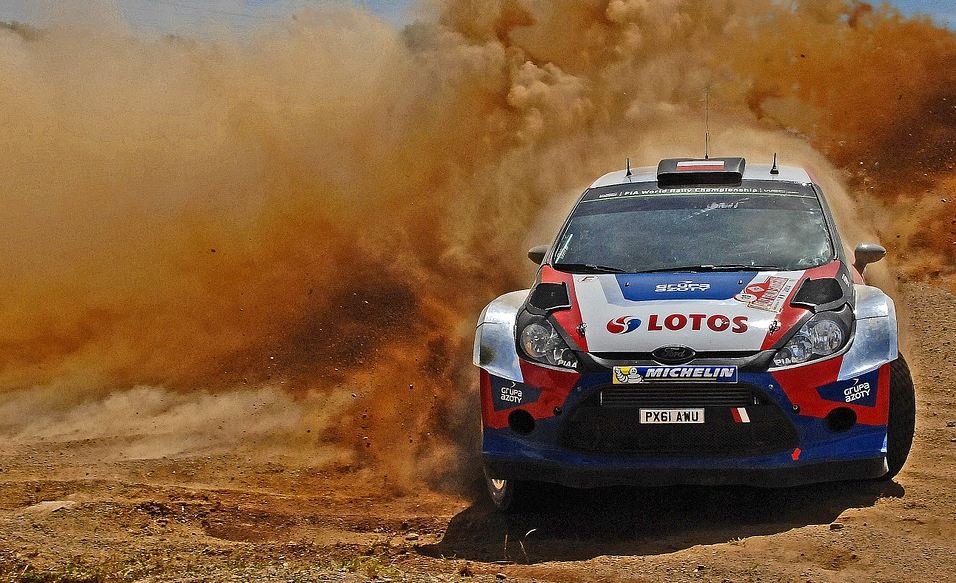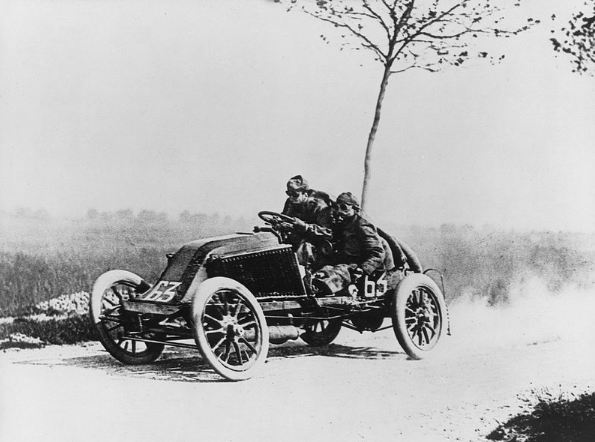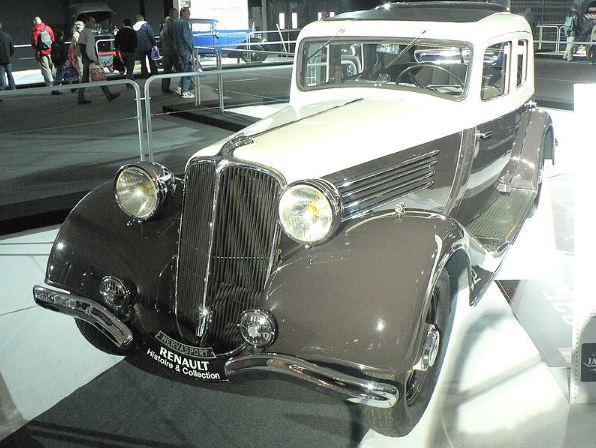Rallying is a type of motorsports that takes place on both public and private roads. It is held at different locations and the drivers have to compete on different terrains each time. Furthermore, rallying is a relatively different sport as compared to other types such as Formula One. The basic difference is that in rallying two individuals are placed in a vehicle. One is the driver and the other is the navigator.
Moreover, the terrains consist of roads, muddy areas, and circuits with gravel, sand, dust, and pebbles, etc. It is undoubtedly a tough competition, requiring each time to finish a track in the quickest possible time. The Circuit of Munster Rally is one such example. Let us discuss how it is different from other rallying competitions.
History
Pre-World War 1 Era
The term ‘rally’ dates back to the first Monte Carlo Rally which took place in 1911. At the time, there were very few events that occupied the term. However, it originally began in 1894 when the Paris-Rouen Horseless Carriage Competition was held. Since the event was covered by the Paris newspaper ‘Le Petit Journal’ the event gained the attention of the public and even received entries from several manufacturers. Things were a bit different back then. Prizes were decided based on the jury’s experience after riding in each car. Albert Lemaitre was the first-ever winner with his 3hp Peugeot.
Interwar Years
Although the First World War era did not bring much to the rallying world but it was not until 1924 when rallying resuscitated and from then onwards has been a regular sport held at different venues each year. Soon, the World Rally Championship was born and different countries started participating. Several variations of the Alpine theme were introduced in Italy, France, Austria, Germany and Switzerland. The most important amongst which was Austria’s ‘Alpenfahrt’. Then, the French started their ‘Rally des Alpes Francaises’ in 1932 and Ireland with their ‘Ulster Motor Rally’ in 1931.
Background
As mentioned previously, rallying is also unique due to variations in its rallying courses. Rallies take place on different circuits that consist of snow, ice, asphalt, and gravel as well. In some cases, a circuit will consist of every variation i.e. from plain roads to asphalt tracks. Although the drivers are sometimes provided a chance to become familiar with the track but otherwise, it is totally up to the skills of the driver and his navigator.
Moreover, you will observe that the circuits are such that the cars are sent flying in the air because the driver simply does not know what lies ahead. Typical rallies consist of special stages and transport stages. Special stages consist of relatively short tracks usually upto 50 km.
Teams have to complete the stages in the shortest amount of time. Whereas, the transport stages on the other hand require the cars to be driven under their own powers with a specific time limit. Furthermore, penalties are imposed if the track is completed either too slow or too fast.
Location
The Circuit of Munster Rally was previously held in Limerick, which is a city in county Limerick, Ireland. Furthermore, the rally headquarters, Service, Parc Ferme & Trailer park are not more than a 2-minute drive from the M7 motorway. Therefore, you shall easily be able to locate and access the venue.
Facts
- Round 4 of the Triton National Rally Championship
- Round 3 of the Top Part West Coast Rally Championship
- Max 120-Kilometer tracks
2019 Circuit of Munster Rally
The 2019 Circuit of Munster Rally began with driver Monaghan Josh Muffet and his co-driver Andy Hayes taking the lead on the third stage having won the Lyons of Limerick Circuit of Munster Rally. They had successfully managed to complete the track ahead of Declan and Brian Doyle by 21.1 seconds.
Then, it was Kelly who overtook Muffet by 4.8 seconds due to Muffet’s vehicle having gear issues, followed by Boyle 3.6 seconds behind. Boyle was the man of the show who was chasing Kelly and shortened the lead by 1.8 seconds. However, the race had to be stopped since driver Donegal’s Declan Gallagher crashed his Proton Iriz R5.
To sum it up, Kelly finished at the seventh spot due to the throttle body spring giving up and was forced to retire. Furthermore, Moffett had succeeded in claiming his campaign’s third win and Donegal’s Michael Boyle claiming the runner-up position.



